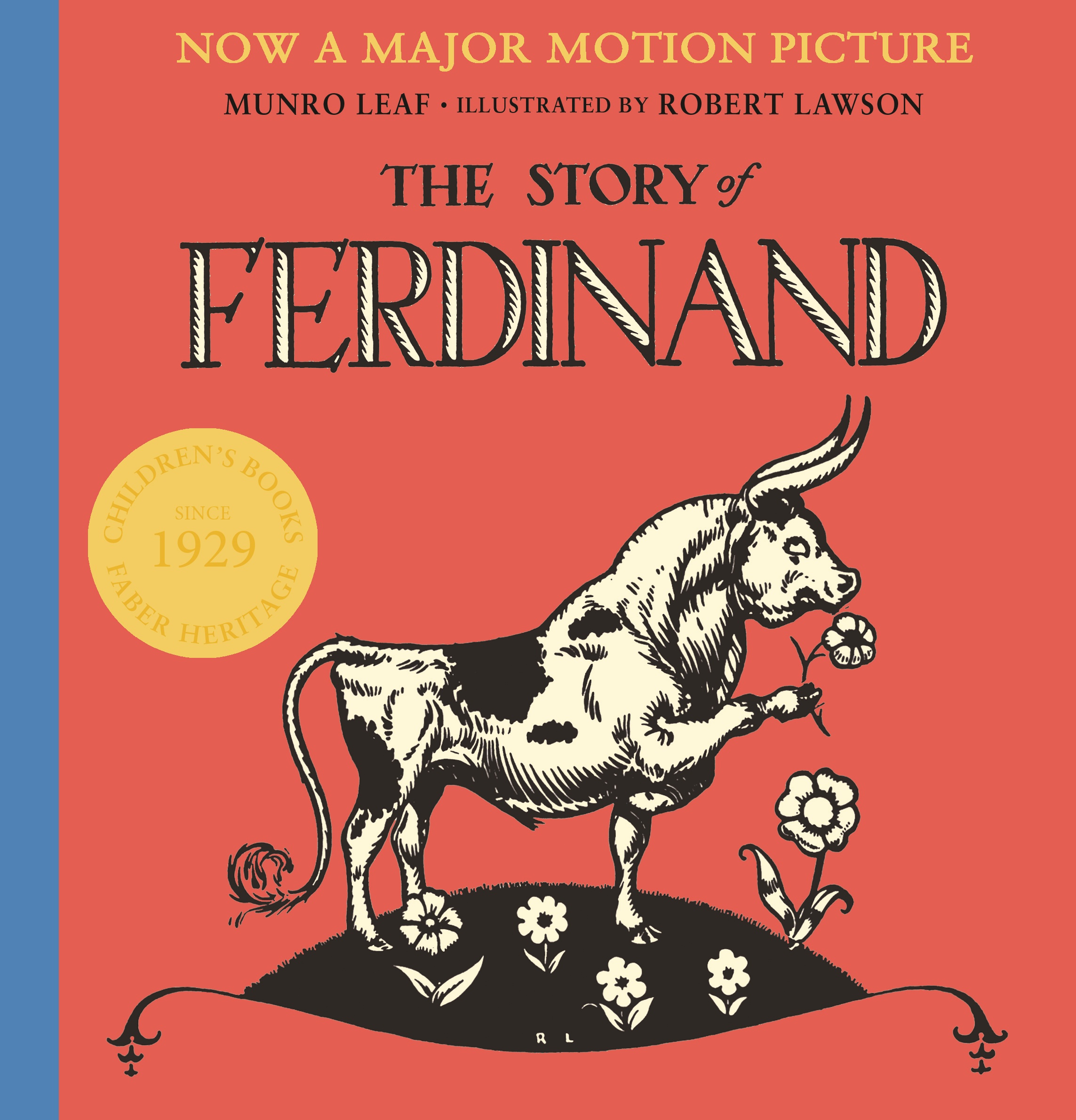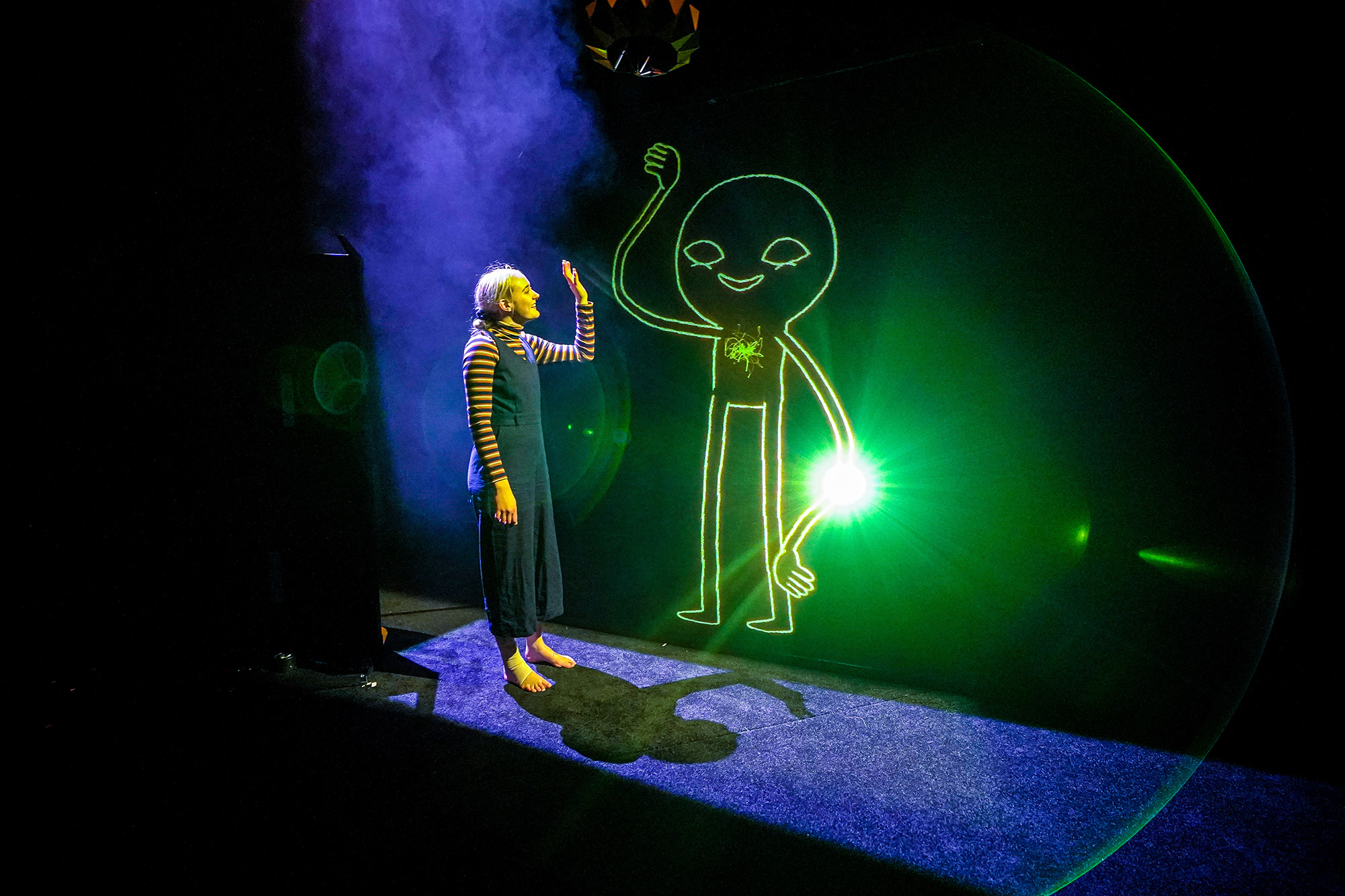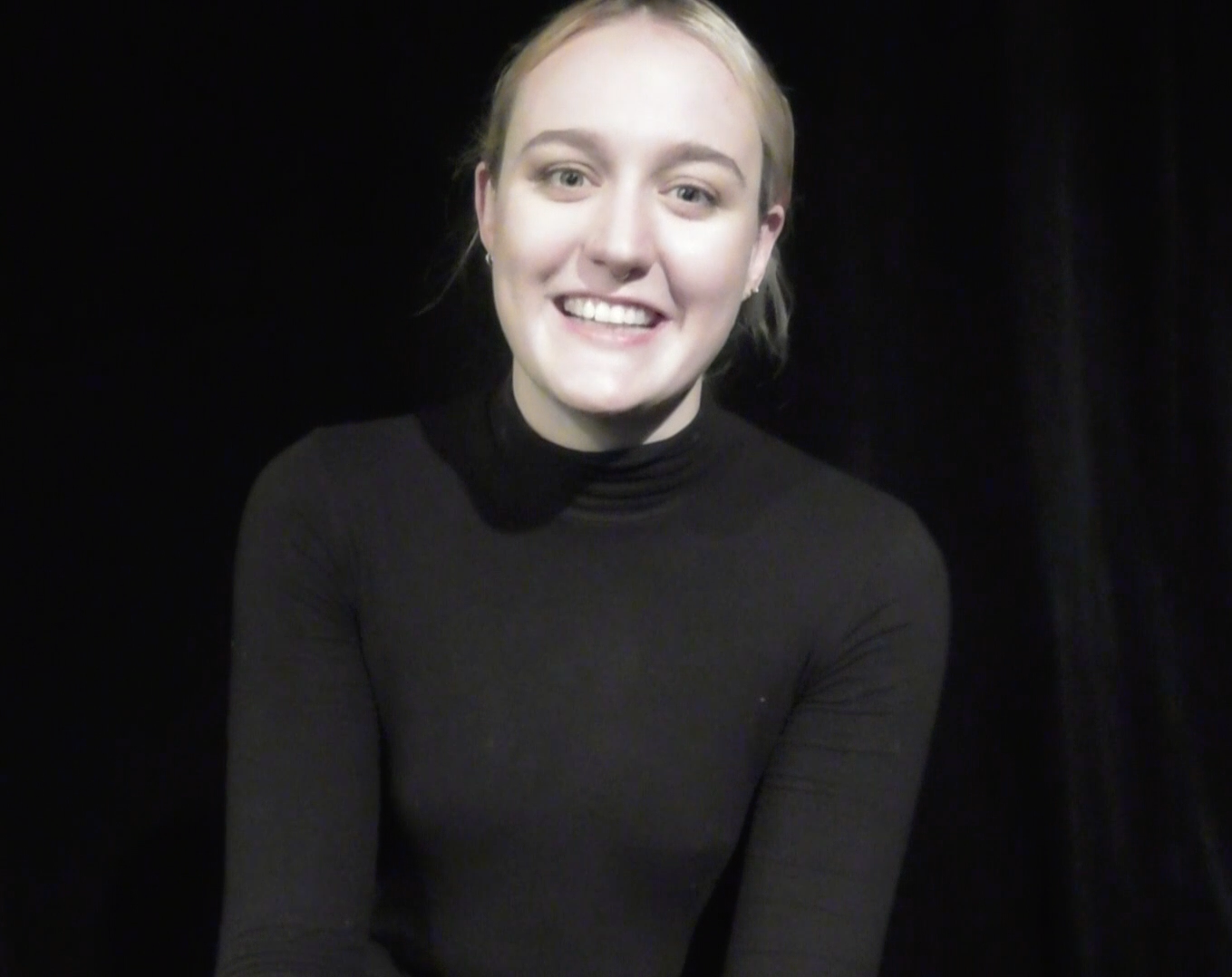Storytime with Temeka: The Story of Ferdinand
While all the other little bulls run, jump and butt their heads together, Ferdinand would rather sit under his favourite cork tree and smell the flowers…

The Story of Ferdinand Reflect and Respond
Inspiration and Adaptation
Take it further
Ferdinand in History
Inspiration
Adaptation
More activities to try

Visual Storytelling
Share the wonder of visual storytelling with children using these imagery-based activities.
Try It

Behind the Creation of ZOOOM
Learn about the inspiration and creative process behind our multi-award-winning show ZOOOM from Artistic Director Geoff Cobham.
Try It

Plant Light Maze
Create a maze inside a box and watch as a plant solves the puzzle to reach for the light.
Try It

A Piece of Dark
Meet the keeper of the dark in this introduction to the ZOOOM foyer activity.
Try It